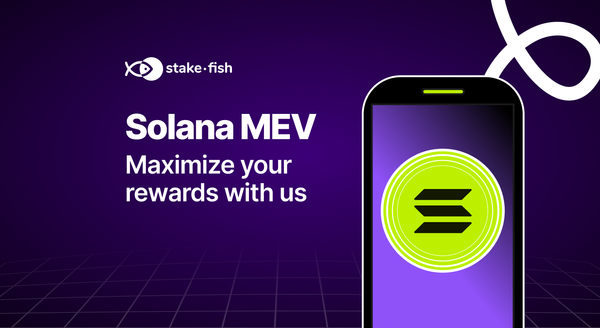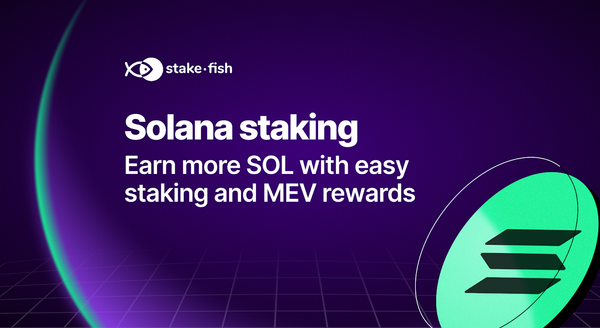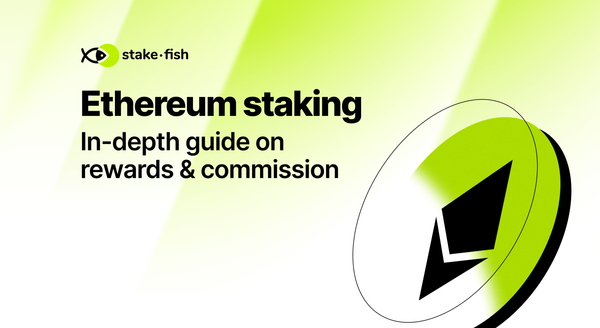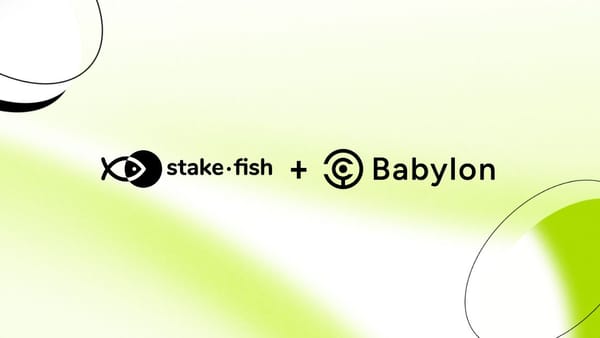Running validators on Kusama
Our experience validating on Kusama and looking forward

Our experience validating on Kusama and looking forward
stakefish believes in a future with multiple public blockchains supporting multiple widely adopted applications and currencies. Our primary mission is to provide the infrastructure backbone for these projects. It may take some time for us to reach the point of mainstream adoption, but we will be patient and will do our part to make sure progress is made in the blockchain ecosystem.
Polkadot has been on our radar since its inception. The team had a clear vision of creating an interoperable web of blockchains. This aligned with how we viewed the future. We wanted to support the project itself and other teams working on Polkadot.
Running validators on Kusama
The announcement of Kusama, the experimental canary network for Polkadot, was a delightful surprise. Reading through the purpose of Kusama, launching Kusama sounded like a wise next step for the Polkadot team. It would help harden the codebase of Polkadot itself and also let network participants to stack up some experience. We wanted to start building up our experience with Polkadot and Substrate, so running validators on Kusama was a no-brainer decision for us.
Kusama has been highly chaotic. The Polkadot team was not lying about “expecting chaos” on Kusama. There have been bugs found and patches made throughout the lifespan of the network. Some issues have halted the chain or made the chain act erratically. Additionally, there have been challenges on getting the validators to coordinate seamlessly, especially around chain upgrades. But, this was exactly why Kusama was created.
The Polkadot team has been working diligently to patch and fix bugs and issues. It’s easy to see Gavin Wood at the forefront of these issues and answering questions from the validator community. The turnaround on shipping software has been phenomenal and showed the team’s dedication to delivering a stable mainnet launch. The community has also been warm to help the Polkadot team and network participants. It is extremely hard to build up a community around a base layer protocol. It is encouraging to see a healthy community organically grow up in the Polkadot ecosystem. The road to Polkadot’s mainnet is being built on the validator community’s effort.
Polkadot’s growing ecosystem
Things will get more and more interesting on Polkadot. The mainnet launch will come within the next few months. To make sure there is an already thriving ecosystem at launch, the Web3 Foundation has been active with distributing grants to developers and projects. We have been doing our part by actively providing infrastructure support for projects building on Substrate. For example, we have supported Centrifuge, the operating system for the financial supply chain built on Substrate, from their earlier testnets. We have also supported Edgeware, a self-improving WASM smart contract platform after taking part in their lockdrop.
We also plan to build out important tools for the Polkadot ecosystem. We have already showcased staking reward calculators, validator leaderboards, a staking reward dashboard and a capacity planner on Cosmos and Tezos. We are constantly looking to expand our developer resources in order to accelerate how quickly we ship.
However, I want to wrap up by emphasizing that our number one focus is to make sure we bring our proven infrastructure stack to Polkadot. We want to make sure Polkadot is able to perform at its best, while also helping every DOT holder to stake and contribute to the security of the network.
Join our community to stay up to date on when Polkadot will come live. We know staking.
Website: https://stake.fish
Telegram: https://t.me/stakefish
Twitter: https://twitter.com/stakefish
Instagram: https://www.instagram.com/stakedotfish
LinkedIn: https://b.fish/linkedin





